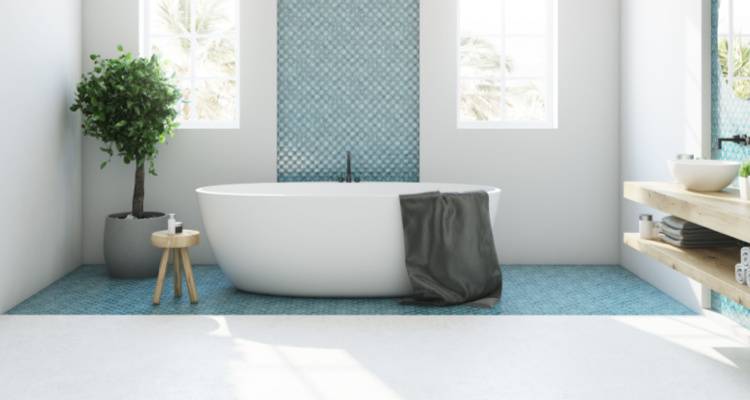Is Skirting Board Heating the Future?
When it comes to heating our homes, many options are available, from traditional radiators to underfloor heating and now even smart home heating systems. Knowing which option is right for you can take time and effort.
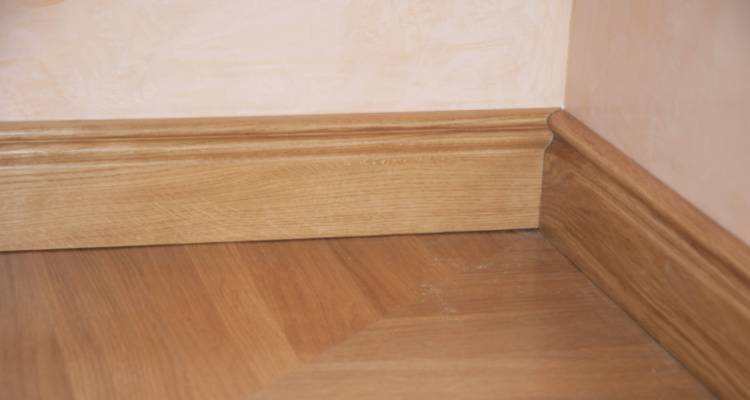
One heating system that has been gaining popularity recently is skirting board heating. This innovative system offers a range of benefits. We'll be exploring the key benefits of skirting board heating in this article, as well as comparing it to traditional radiators to help you decide if it's the right choice for your home.
Benefits of Skirting Board Heating
Many options are available on the market for home heating, ranging from traditional central heating radiators to underfloor heating. However, one option that is becoming increasingly popular among homeowners is skirting board heating. Skirting board heating is a heating system built into your home's baseboards, providing even heat distribution.
Several benefits to skirting board heating make it an attractive option for homeowners, from efficiency to cost-effectivity and discretion. Whether you are considering upgrading your home's heating system or are building a new home from scratch, understanding the benefits of skirting board heating can help you decide on the best heating option for your home.
Discreet and Space Saving
One of the most noticeable advantages of skirting board heating is its sensitive nature. Unlike traditional radiators that take up valuable wall space, skirting board heating is installed along the baseboards of your walls, ensuring that it doesn't impact your living space. This makes it an excellent choice for smaller homes or apartments where space is at a premium.
Even Heat Distribution
Another benefit of skirting board heating is that it provides an even heat distribution throughout your home. Unlike traditional radiators that tend to heat specific room areas, skirting board heating warms up the entire space.
This is because it works by circulating warm air throughout your home, ensuring that every corner is kept at a comfortable temperature.
Energy Efficient
Skirting board heating is also incredibly energy efficient. Because it uses natural convection to circulate warm air, it doesn't require as much energy to run as traditional radiators. This means you can save money on your heating bills while reducing your carbon footprint.
Safe and Child-Friendly
One of the unique benefits of skirting board heating is that it is safe and child-friendly. Unlike traditional radiators that can become dangerously hot, skirting board heating stays relatively cool. This makes it an excellent choice for families with young children or pets, a win-win for your growing family!
Easy to Install and Maintain
Another advantage of skirting board heating is that it is incredibly easy to install and maintain. Unlike underfloor heating, which requires extensive installation, skirting board heating can be installed relatively quickly and easily.
Because it is installed along the baseboards of your walls, it is also relatively easy to access and maintain if any issues arise.
Aesthetically Pleasing
Skirting board heating is also more aesthetically pleasing than traditional home heating methods. Because it is installed along the baseboards of your walls, it is consistent with the overall design of your home.
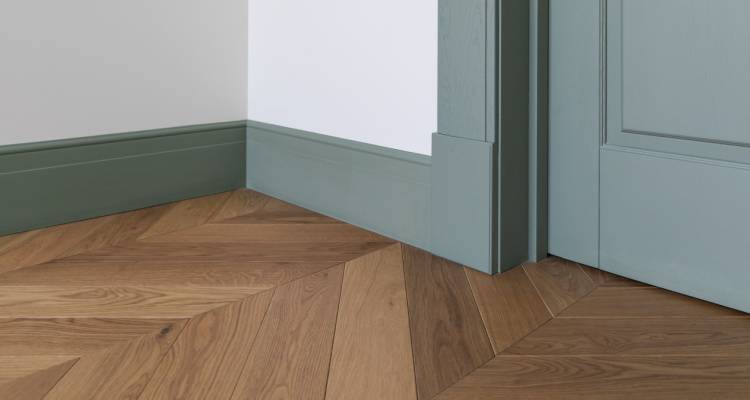
Skirting board heating adds a sleek and modern touch to their interior design, swaying them to this method over others.
Skirting Board Heating vs Traditional Radiators: A Comparison
While skirting board heating offers a range of benefits, it's important to consider how it compares to traditional radiators.
Traditional radiators have been the go-to heating solution for many years. They are mounted on walls and provide intense heat, making them suitable for larger rooms or colder climates. They require regular maintenance.
Skirting board heating is a more discreet option that blends in with your baseboards and distributes heat evenly throughout your home. It is also easier to install and maintain than traditional radiators, making it a more practical option for many homeowners. However, skirting board heating may not be suitable for larger rooms or colder climates, as it provides a more moderate heat level.
We’ve gathered a more detailed comparison of skirting board heating and traditional radiators to help you understand the benefits and disadvantages and make the optimal choice for your home. Here are some key differences between the two:
Heat Distribution
Skirting board heating provides a more even distribution of heat than traditional radiators. It uses natural convection to circulate warm air, while radiators rely on hot water or steam to provide heat. While traditional radiators can provide more intense heat in specific areas, they may need help to heat larger spaces evenly.
Energy Efficiency
Skirting board heating is typically more energy efficient than traditional radiators. Due to its method of using natural convection, it doesn't require as much energy to run. Additionally, skirting board heating can be controlled room-by-room, allowing you only to heat the rooms you use - a handy benefit in the current energy crisis.
Installation and Maintenance
Skirting board heating is typically easier to install and maintain than traditional radiators.
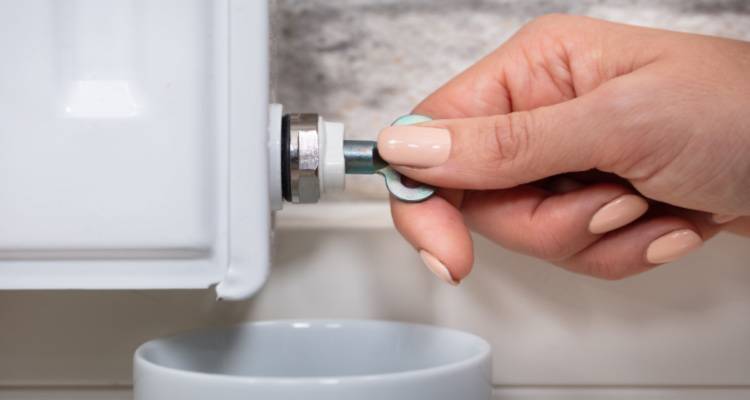
Installation of traditional radiators can be more complex and may require more space, as they need to be mounted onto a wall. This can be a challenge in smaller homes or apartments needing more space. Traditional radiators are also more difficult to maintain, requiring regular flushing and bleeding to remove trapped air and debris.
Safety
Skirting board heating is generally safer than traditional radiators. While radiators can become dangerously hot, skirting board heating stays relatively cool to the touch while heating your home. This makes it a safer option for families with young children or pets.
Aesthetics
Skirting board heating is a more discreet option when compared to traditional radiators. While radiators can be unsightly and take up much-loved wall space, skirting board heating blends in with your baseboards and can even enhance the look of your home's interior design. For this reason, many modern homeowners opt for skirting board heating over traditional heating.
What Are the Costs?
Regarding cost, skirting board heating and traditional radiators are comparable, with skirting board heating being slightly more expensive to install. However, the long-term savings on energy bills may make it a more cost-effective option in the long run. Skirting board heating can add value to your home, making it a worthwhile investment.
The average cost of installing skirting board heating in a typical UK home is around £2000-£3000, while traditional radiators cost around £1500-£2500. However, the cost of skirting board heating can vary depending on your home's size and the installation's complexity.
It's also worth noting that the cost difference between skirting board heating and traditional radiators may be negligible if you're installing skirting board heating as part of a new build or renovation.
In terms of maintenance, skirting board heating is generally easier to maintain than traditional radiators. As skirting board heating is built into your baseboards, no visible pipes or fittings can rust or leak. Skirting board heating requires less water than traditional radiators, reducing the likelihood of leaks and costly repairs.
Regarding energy costs, skirting board heating is generally more energy-efficient than traditional radiators. Skirting board heating heats your home more evenly and quickly, meaning you don't need to have your heating on for as long or as high a temperature. This can lead to significant savings on your energy bills over time.
The cost of skirting board heating vs traditional radiators will depend on your circumstances, including the size of your home, heating needs, and budget. However, considering the long-term savings and benefits of skirting board heating, it's clear that it can be a worthwhile investment for many homeowners.
Which Option is Better for You?
Ultimately, deciding between skirting board heating and traditional radiators comes down to your preferences and circumstances. Skirting board heating may be the better option if you live in a small home or apartment without space. It's also a great choice for families with young children or pets, as it is safer and more child-friendly than traditional radiators.
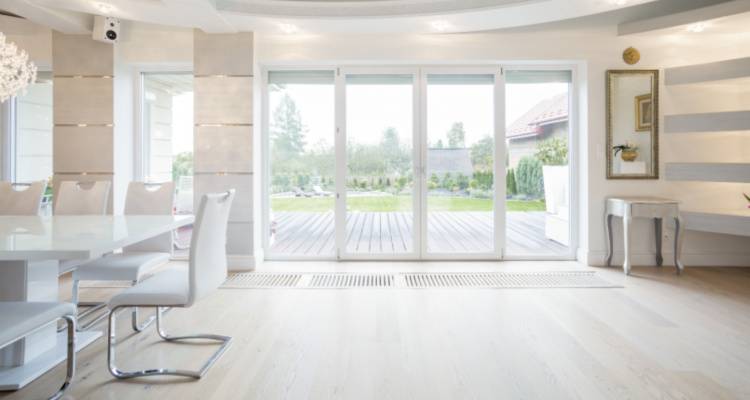
If you have larger rooms or live in a colder climate, traditional radiators may provide more intense heat and be the better option. If you prefer the look of traditional radiators or have already invested in them, switching to skirting board heating may not make sense.
Skirting board heating is a modern heating system that offers a range of benefits over traditional radiators. From its sensitive nature and even heat distribution to its energy efficiency and child-friendly design, skirting board heating is a great choice for many homeowners. While it may be slightly more expensive to install, the long-term savings on energy bills and added value to your home may make it a worthwhile investment.
Last updated by MyJobQuote on 5th April 2023.




